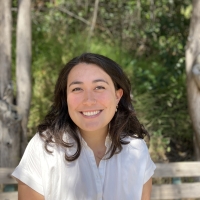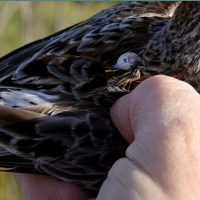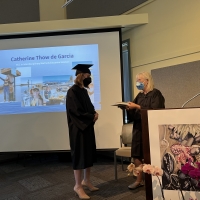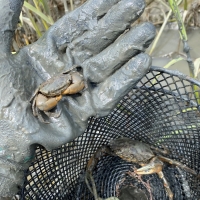Pearls of Wisdom from NERR Graduate Student Allie Margulies
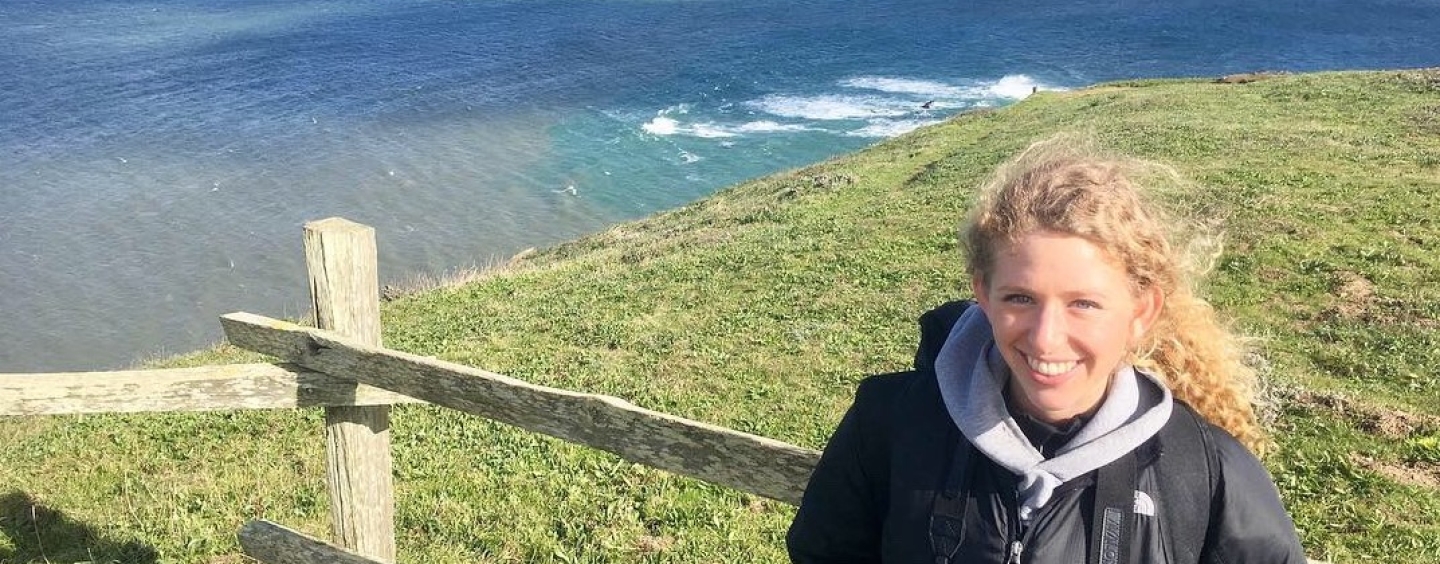
Pictured above: Allie visiting Point Reyes National Seashore.
Though the decision to relocate and leave her environmental planning job was not easy for Allie Margulies, she has never second guessed her choice of graduate programs. A bay area native who has both seen the Great Barrier Reef through her diver’s mask and spent time on the front lines of a tidal habitat restoration project, Allie’s passion for marine science is deeply rooted to her concern for vulnerable coastal ecosystems and willingness to bridge the gap between science and policy. As a first-year student in the Interdisciplinary Marine and Estuarine Sciences program at San Francisco State University, she has already enjoyed the supportive community of faculty and students at the Estuary and Ocean Science Center and the program’s broad lens towards the challenges faced by coastal communities.
Don’t eat the oysters
Working with the NERR Research Lab, Allie is now directing her graduate work towards a tiny Bay Area organism with a not-so-tiny-impact: the Olympia oyster (Ostrea lurida). Though current populations of this native oyster species are down to about 1% of their historic size, they still pull their weight and more by providing invaluable ecosystem services to the Bay. For example, their shells provide structural complexity that creates habitat for aquatic species and reefs of native oysters can reduce shoreline erosion and protect against floods by breaking up incoming wave energy. Olympia oysters also play an important role in filtering polluted water (so much in fact, that some wild Olympia oysters are considered unsafe to eat in SF Bay!). Despite their critical role in maintaining healthy coastal ecosystems, however, Olympia oysters are threatened by climate change-driven shifts in temperature and precipitation patterns. Going back 10 years, Allie is combing through a climate dataset looking for clues to explain sudden drops in the oyster population and documenting how Olympia oysters have been affected over time by climate extremes. Though several mass mortality events occurred during this time, at least one event at China Camp can be explained by low water salinity following a period of high rainfall. Her work will help scientists and policy makers understand how to support Olympia oyster restoration projects in the long-term.
Science pop-culture
Though she is new to the growing community of academics on Science Twitter, Allie’s commitment to engaging the public in scientific research is not. Reflecting back on her lab duty days, she recalls working with a group that never connected the smaller sample processing and data entry activities with the greater purpose of the research. It wasn’t until a graduate student from the lab washed up as a guest speaker in one of her classes that she learned she was enabling research to prevent drainage pipes from sucking up Bay Delta fish! This early experience informed Allie’s understanding of the need to effectively communicate environmental problems to the public in order to build support for important conservation measures such as oyster restoration. She finds that pictures are among the best ways to communicate science and capture interest, especially for illustrating and providing evidence of climate change over time, and spends much of her time documenting the beauty of nature and the San Francisco Estuary through her photography. Help us welcome Allie and stay tuned for future updates on her research with the NERR and the Smithsonian Environmental Research Center!
